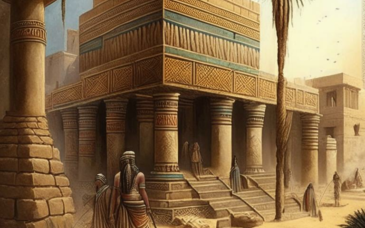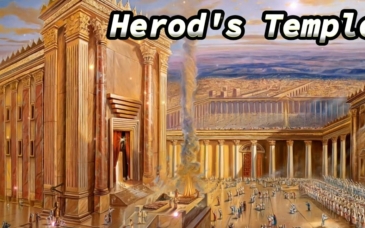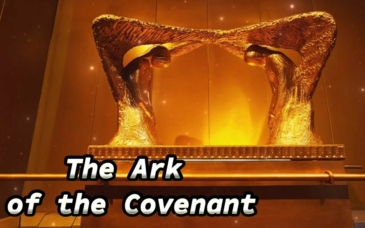Cuneiform, the oldest known writing system, emerged in ancient Mesopotamia around 3500 BC. Its name derives from the Latin word "cuneus," meaning "wedge," as its characters were typically formed by pressing a reed stylus into clay tablets, leaving wedge-shaped impressions.
Origins and Evolution
Cuneiform's origins can be traced back to proto-cuneiform, a system of pictographs developed by the Uruk (Warka) civilization in southern Mesopotamia. Over time, these pictographs evolved into a more abstract system, with signs representing sounds rather than images.
By the mid-3rd millennium BC, cuneiform had developed into a complex writing system capable of representing a wide range of sounds and ideas. It was used to write various languages, including Akkadian, Sumerian, and Elamite.
Writing Materials and Tools
Cuneiform tablets were typically made from moist clay, which was then dried and baked in the sun or kiln. A stylus, often made from a reed, was used to press wedge-shaped impressions into the clay.
Uses of Cuneiform
Cuneiform was used for a variety of purposes, including:
- Accounting: Cuneiform was used to keep records of economic transactions, such as trade, taxes, and property ownership.
- Literature: Cuneiform was used to write literature, including myths, epics, and poems.
- Law: Cuneiform was used to record laws and legal documents.
- Government: Cuneiform was used to record government correspondence and administrative records.
Spread and Influence
Cuneiform spread throughout Mesopotamia, and its use extended to neighboring regions, including Anatolia, Levant, and the Indus Valley Civilization. It remained in use as a major writing system until the 1st century AD, when it was gradually replaced by Aramaic and Greek.
Cuneiform played a crucial role in the development of human communication and record-keeping. It provided a means for preserving and transmitting knowledge across generations, and it laid the foundation for later writing systems, such as the Phoenician and Greek alphabets.
Legacy and Significance
Cuneiform remains an object of fascination and study for scholars of ancient civilizations. Deciphering and translating these ancient texts has provided invaluable insights into the history, culture, and languages of Mesopotamia, and it has helped us to understand the development of human communication.
Cuneiform serves as a reminder of the power of writing to connect people across time and space, and it continues to inspire new research and discoveries about the ancient world.







